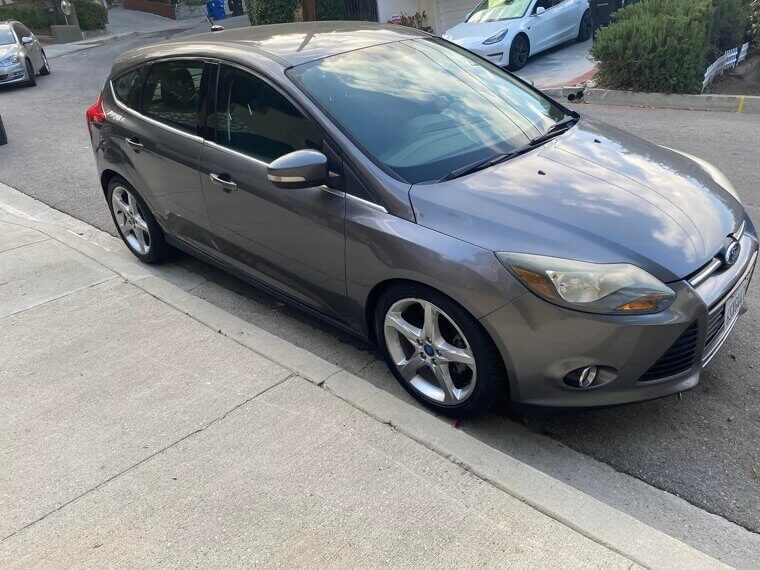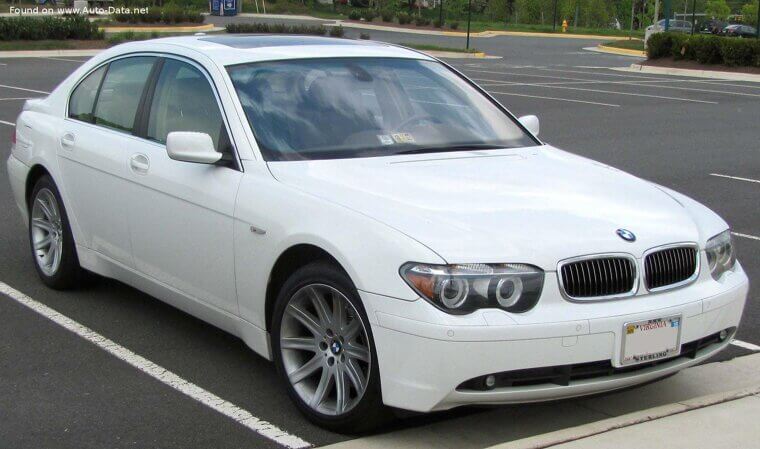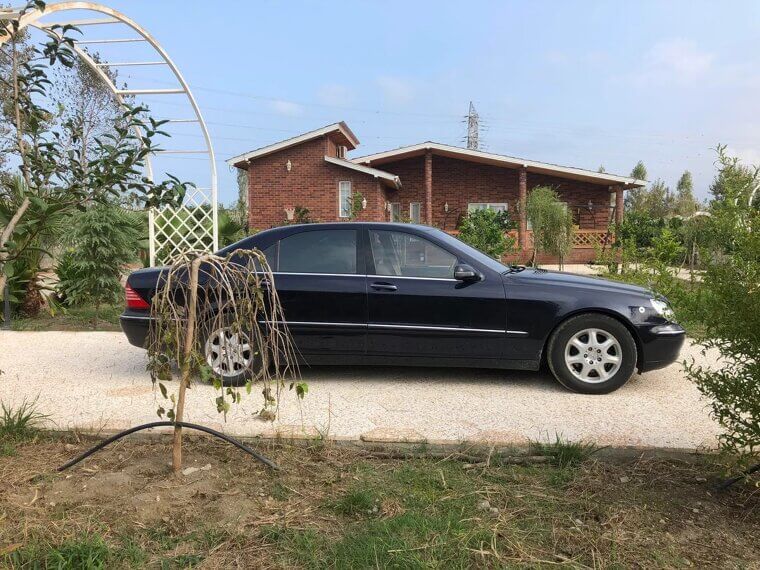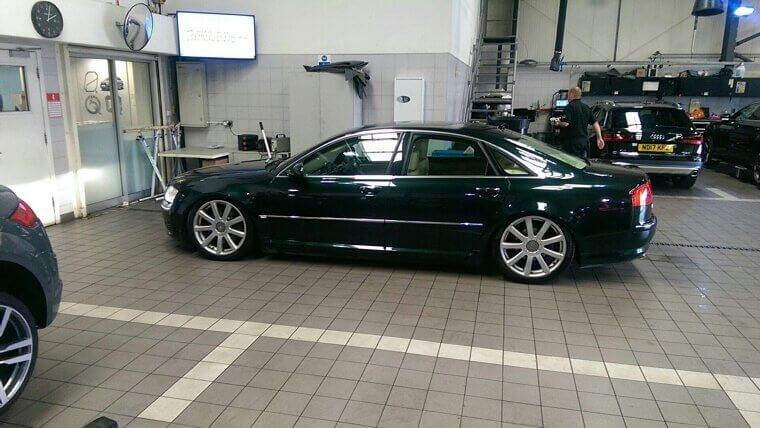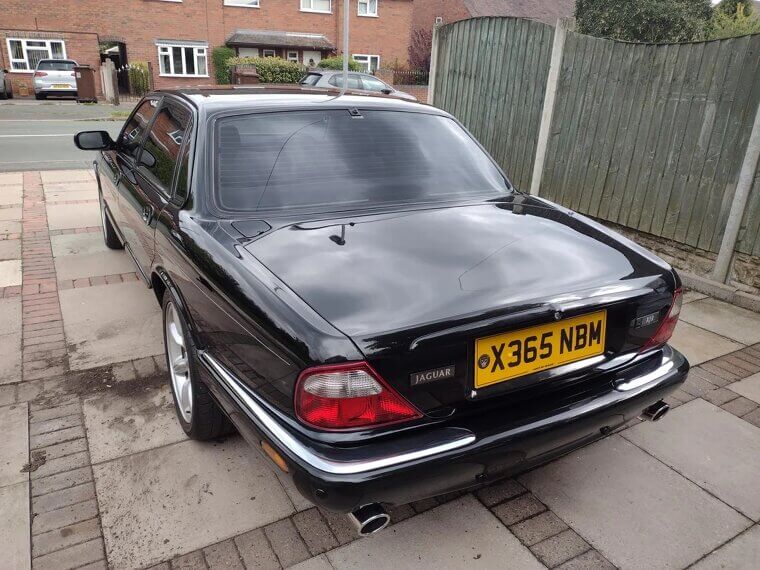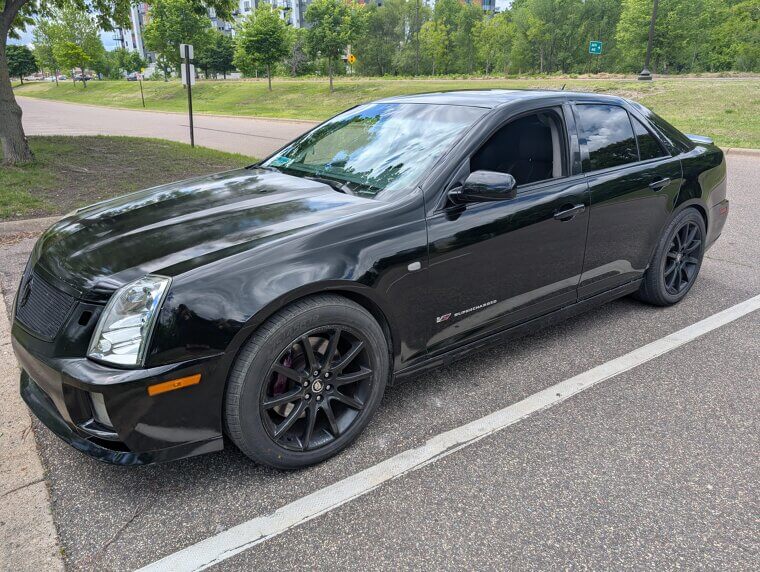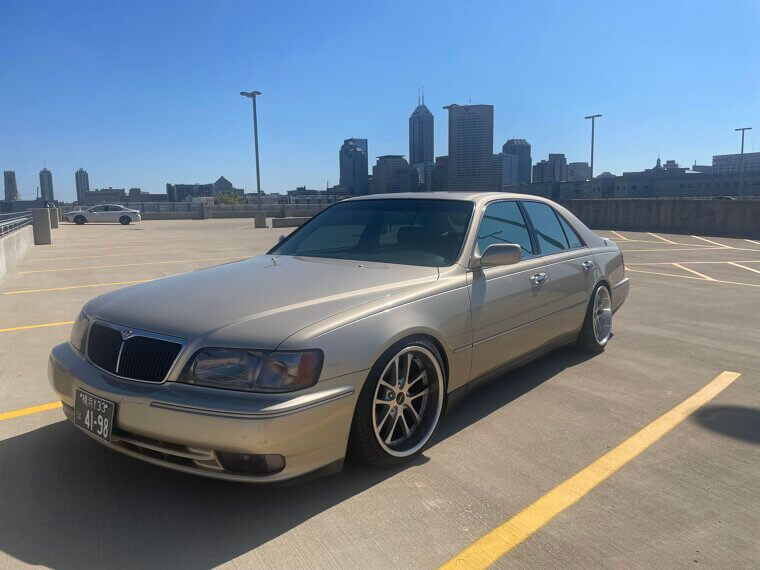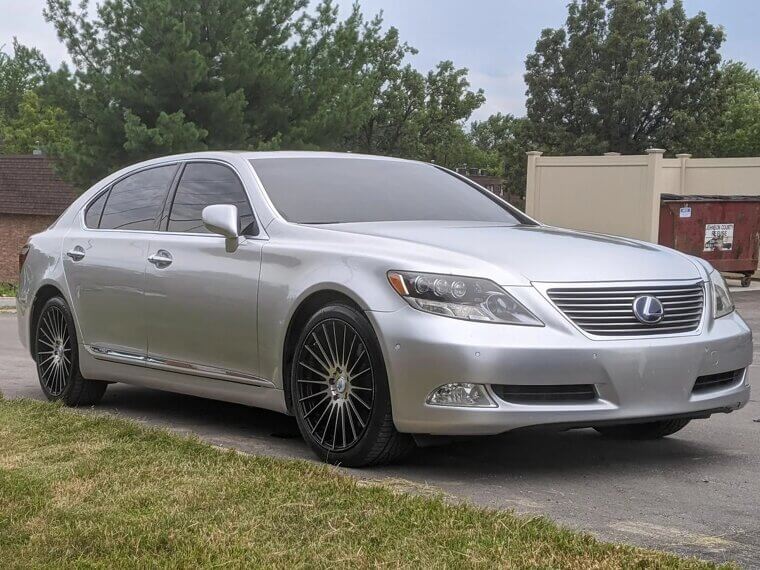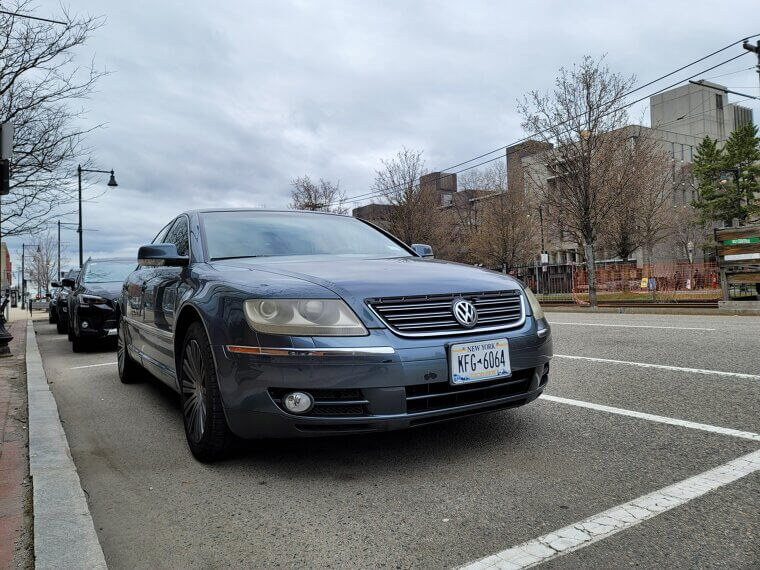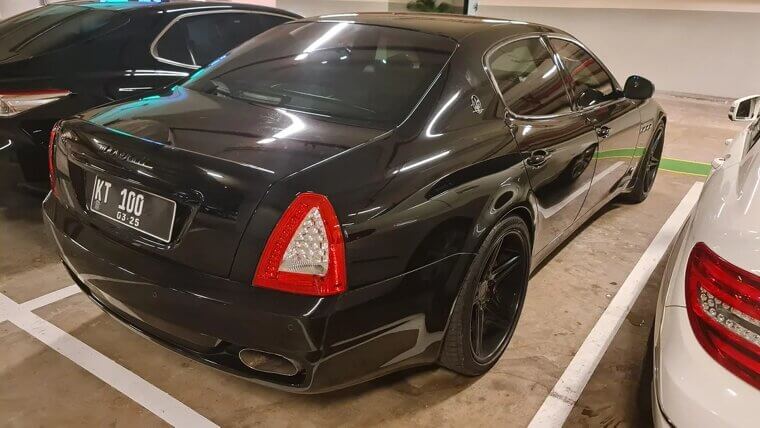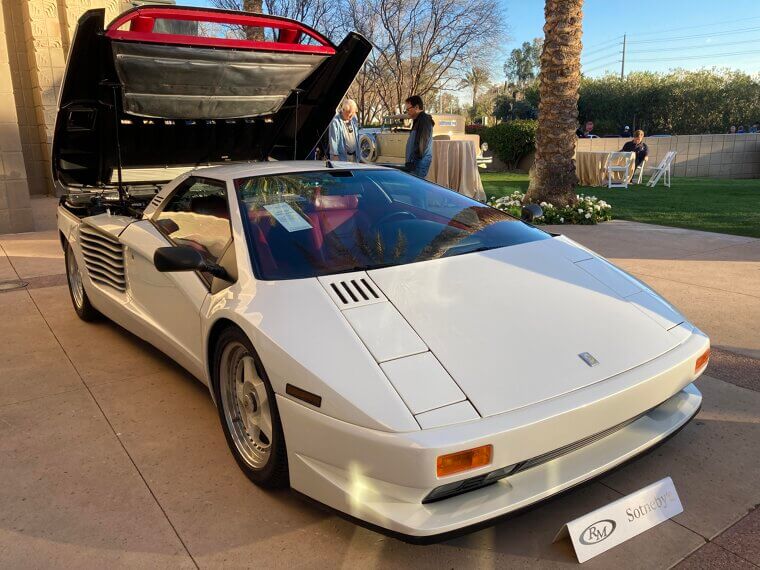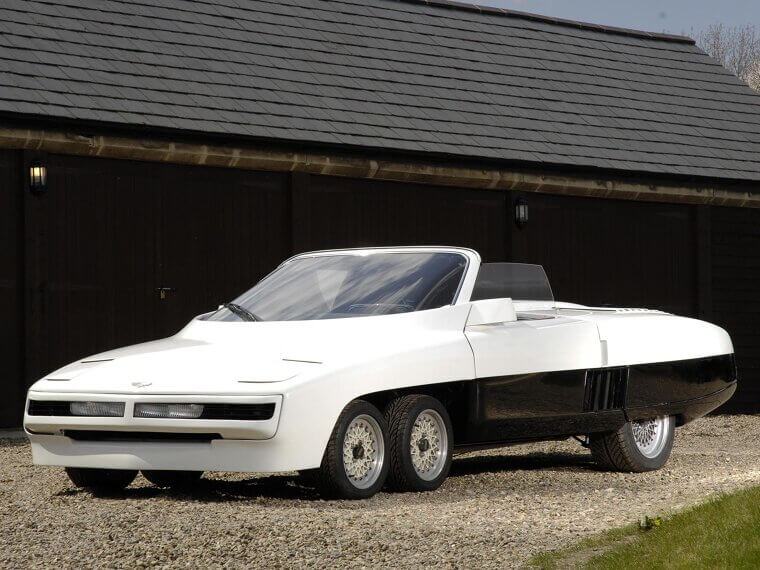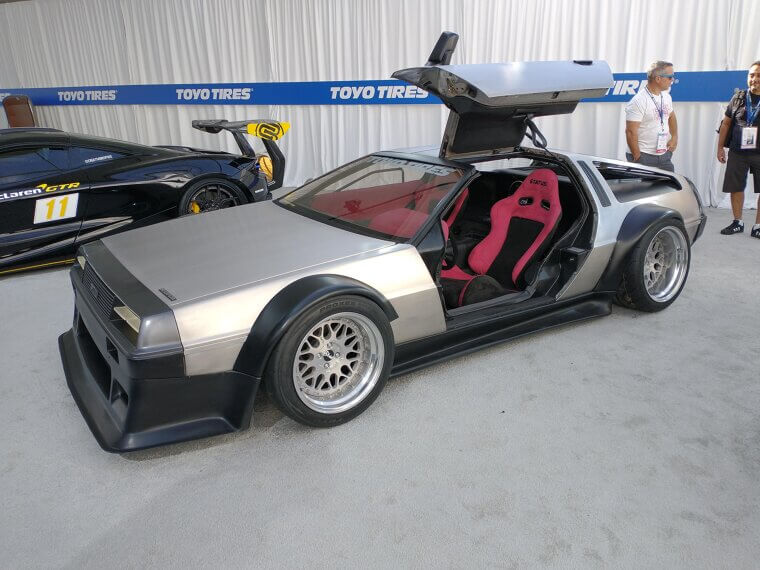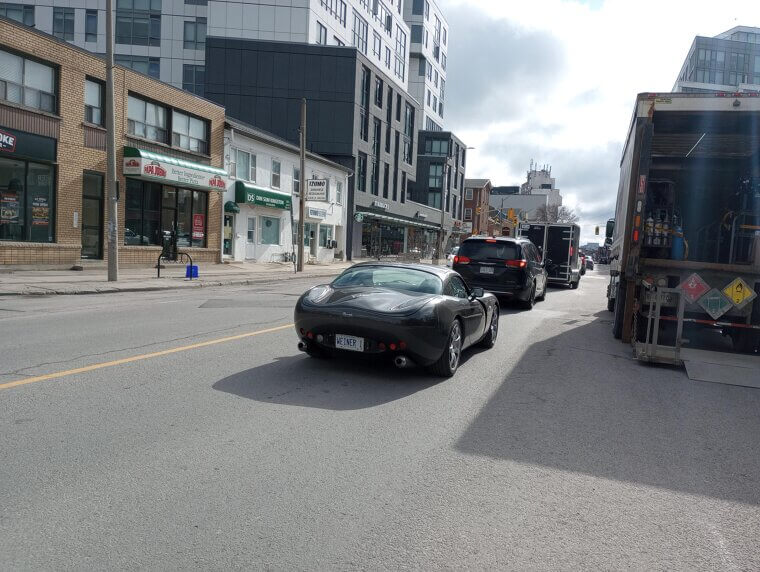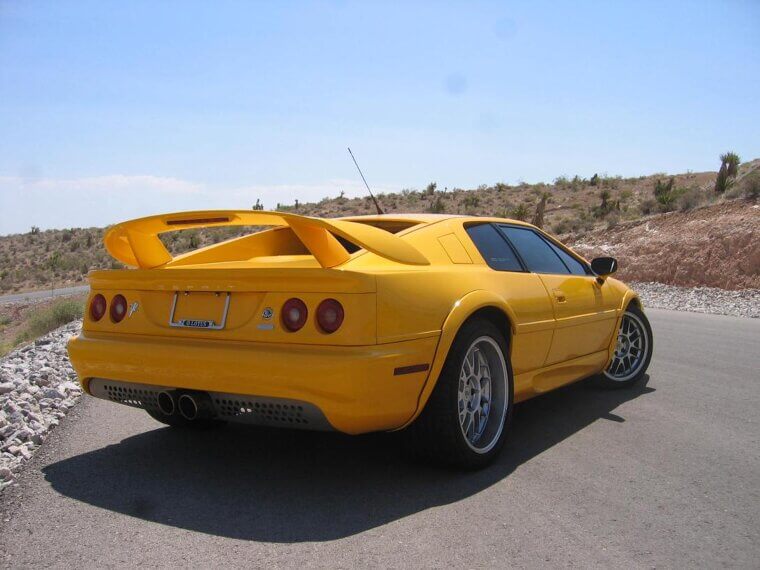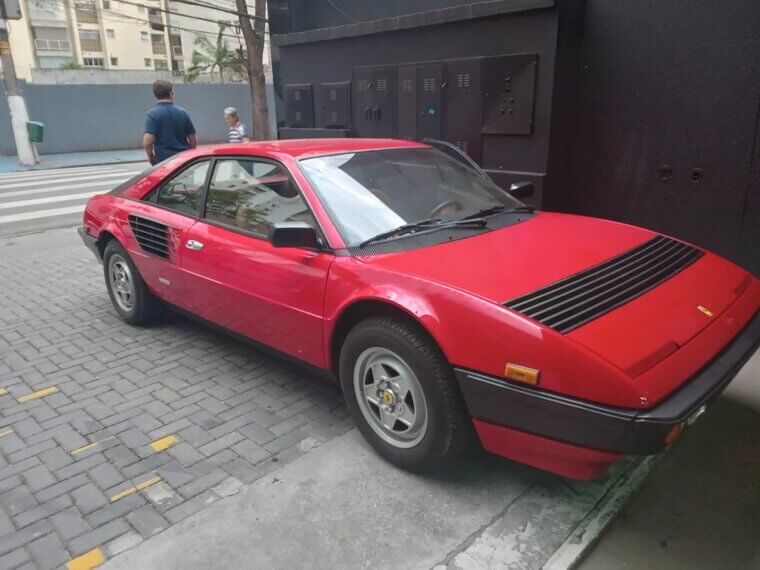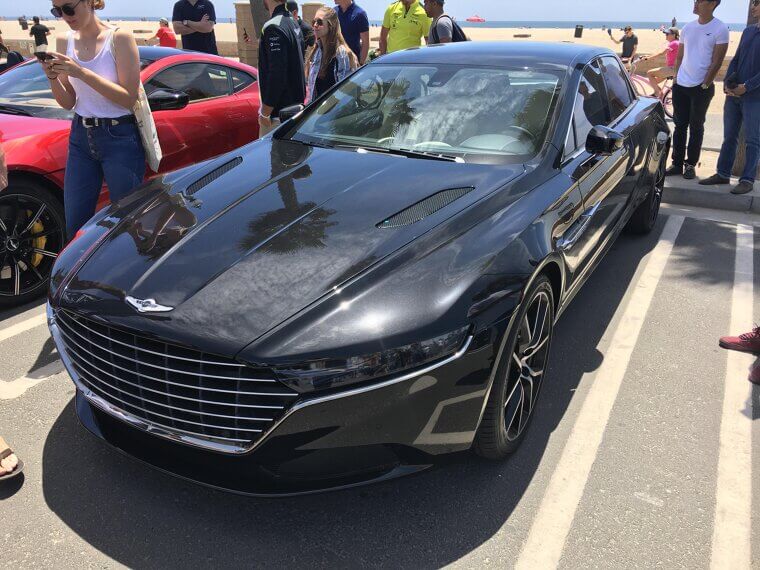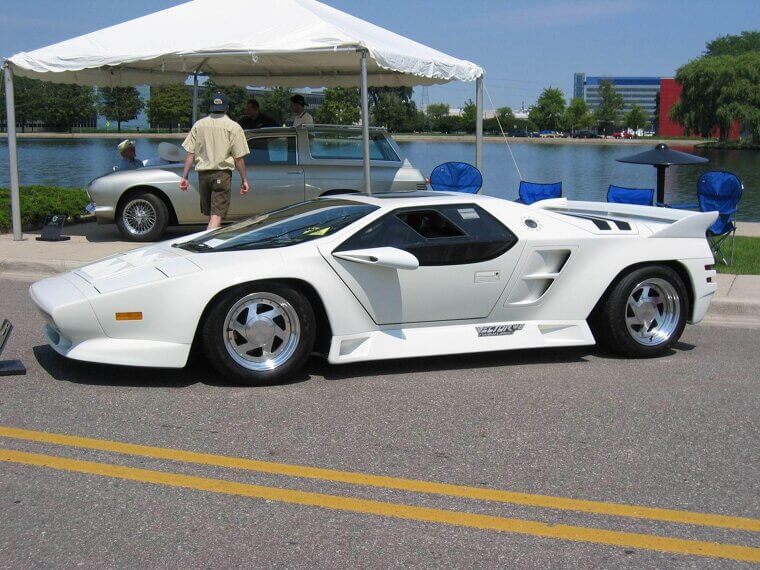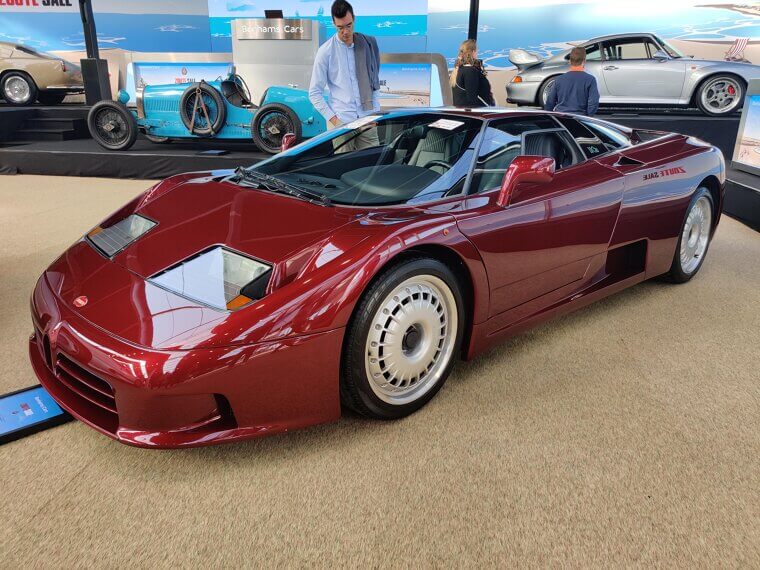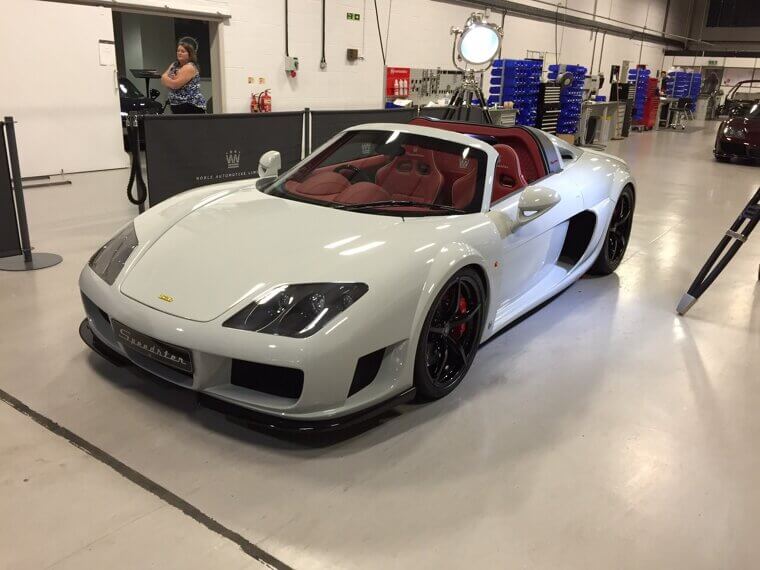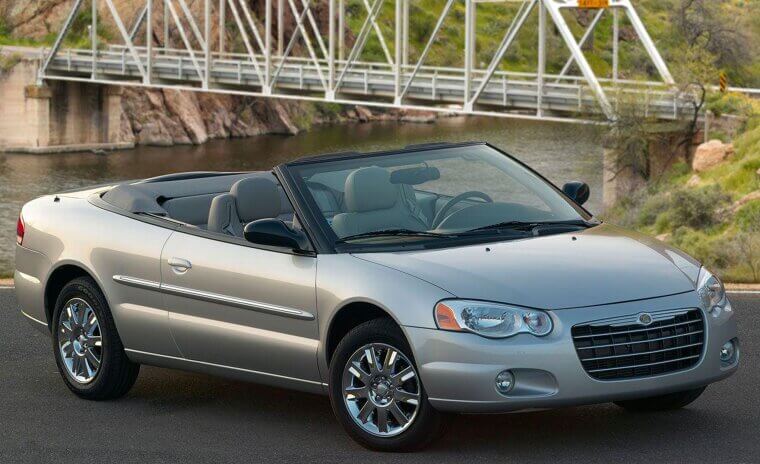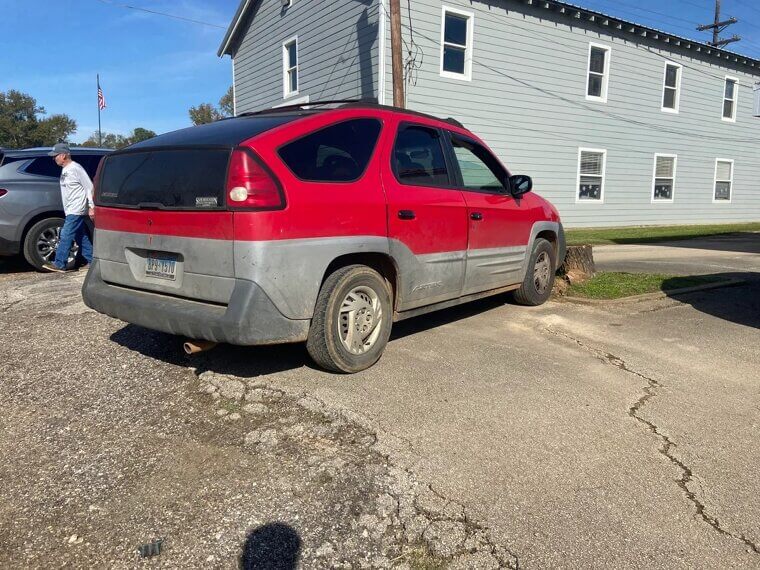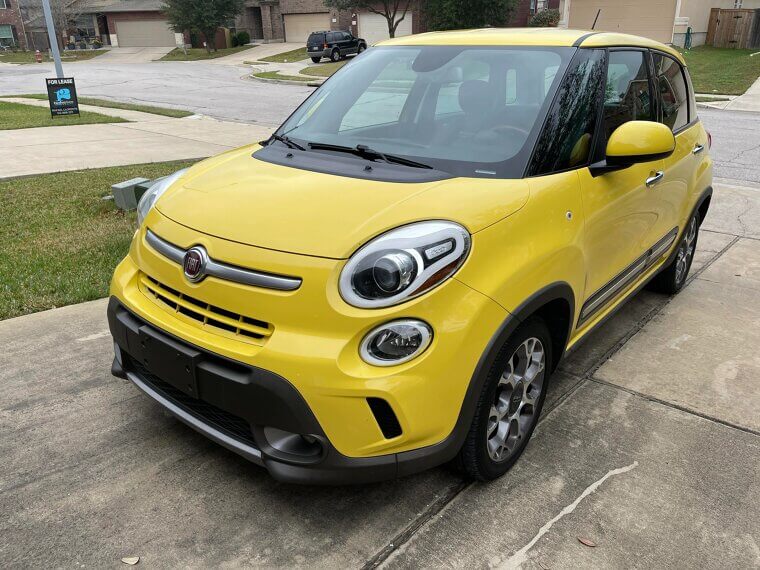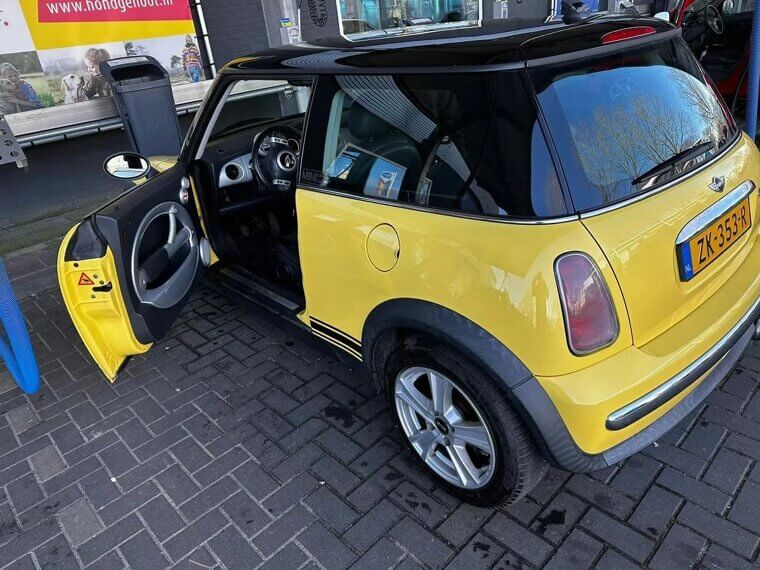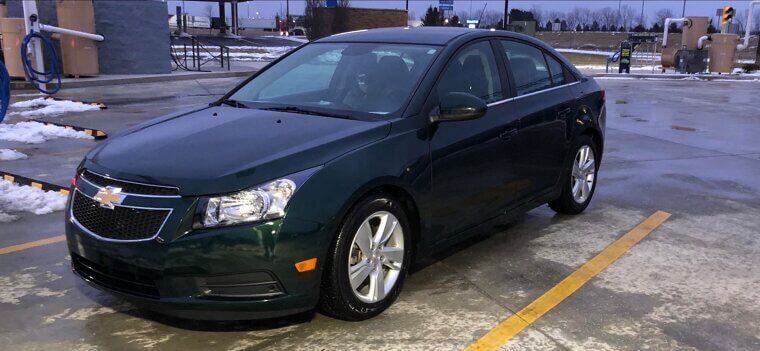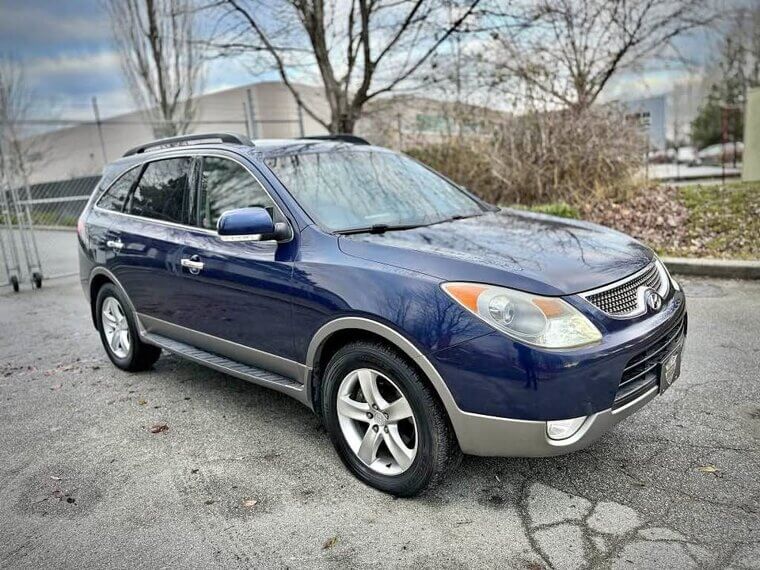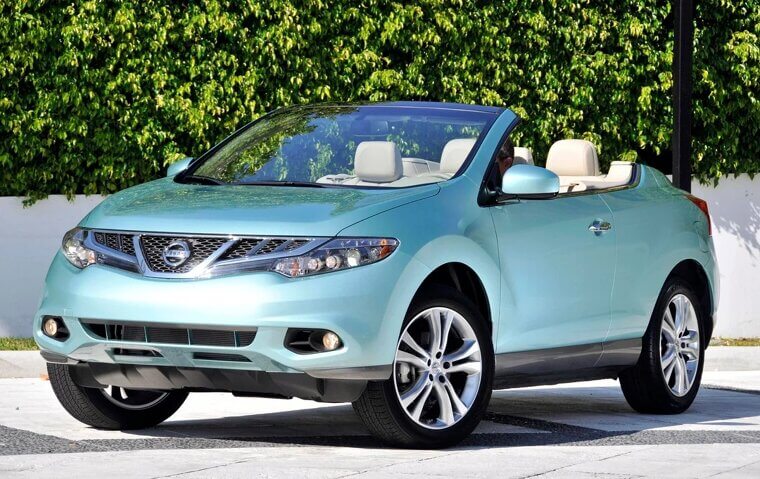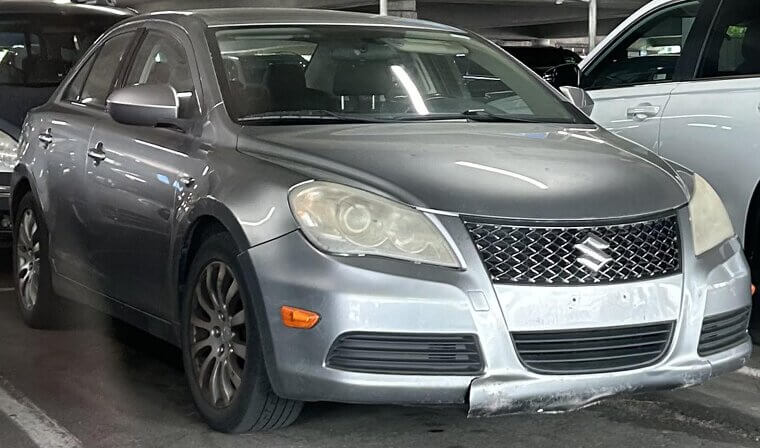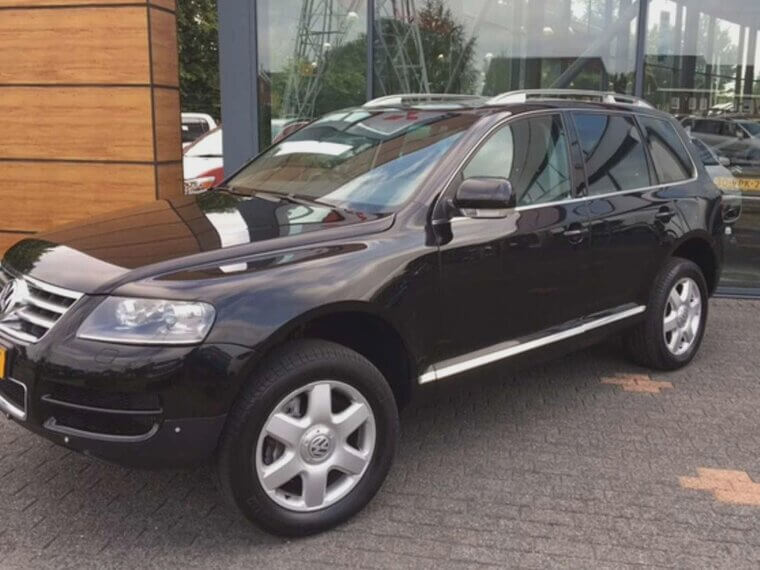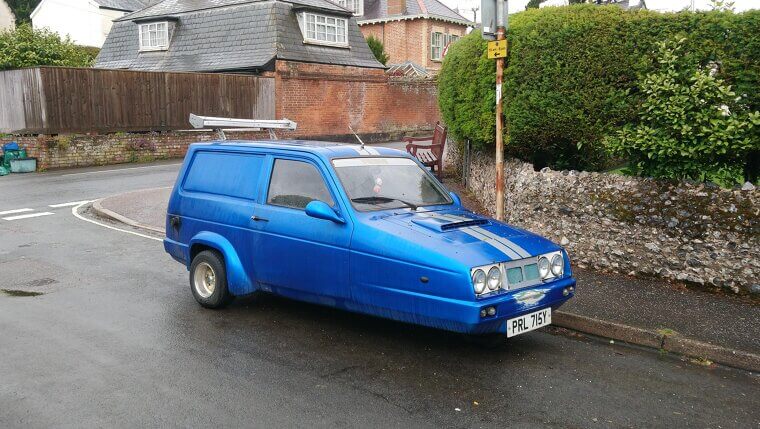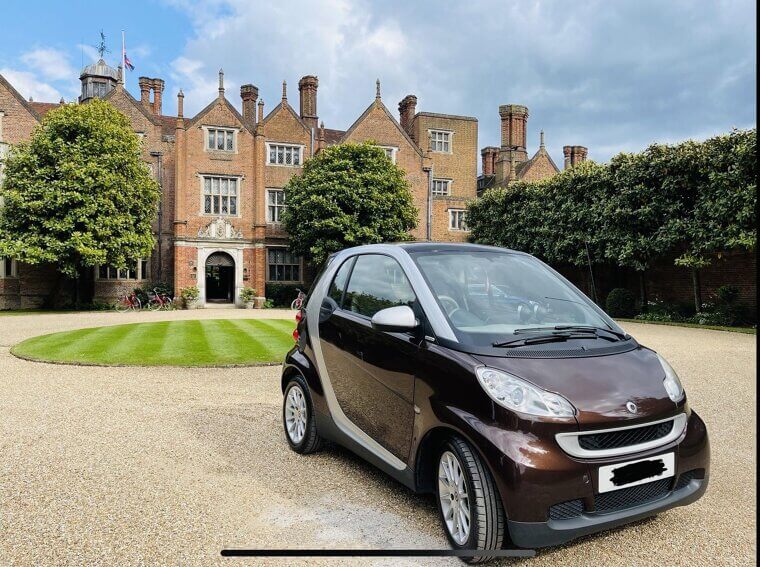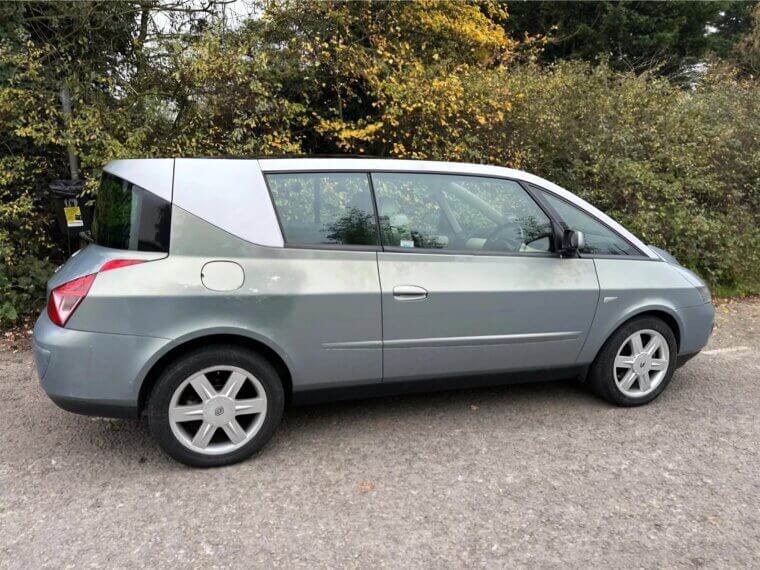Money-Sucking Cars That Promised the World and Delivered Nothing
Certain automobiles promise the world in terms of innovation, luxury, speed, and style. However, some prove to be financial snares beneath the glitz and glamour of the showroom and glossy brochures. So, keep reading to uncover 35 vehicles that appeared fantastic on paper, but their owners ended up with empty wallets and more regrets than road trips.
BMW 7 Series (E65/E66)
The E65 7 Series offered state-of-the-art comfort and was packed with technology. However, owners soon found that its intricate electronics deteriorated with time, necessitating expensive repairs. Driving it was a dream - until the mechanic became a regular visit and the dashboard glowed like a Christmas tree.
Mercedes-Benz S-Class (W220)
Although the W220 S-Class had the appearance of a mobile executive suite, its electronics and air suspension frequently experienced catastrophic failures. So, this flagship felt more like a sinking ship as repair expenditures mounted more quickly than praise.
Audi A8 (D3)
With its quattro grip and aluminum build, the D3 A8 was a technological marvel. However, repairs were far from straightforward when things broke, as they did very often. The cost of maintaining its roadworthiness converted owners' enthusiasm for its subtle charm into silent sadness.
Jaguar XJ (early 2000s)
The early 2000s XJ was one of the most regal-looking vehicles. Regretfully, you’ll soon realize that its appeal did not translate to dependability. With this, ownership was risky due to electrical problems and peculiarities with the transmission.
Cadillac STS-V
The Northstar V8 engine of the STS-V was known for costly breakdowns, despite its impressive performance and luxury. Its sleeper appeal drew owners in, but they were caught off guard by repair expenses that were comparable to those of European competitors. Sure, it was quick, but in terms of money, it was a race to the bottom.
Infiniti Q45 (1990–2006)
Despite having power, technology, and style, Infiniti's flagship sedan never fully found its footing. Repairs were expensive, resale values plummeted, and parts became rare. Although it frequently wound up in the ads, the car always ended up belonging in a driveway.
Lexus LS 600h L
Before customers had to deal with complicated drivetrain problems and battery repairs, a hybrid luxury limousine sounded fantastic. Although the LS 600h L was quiet and smooth, it required a lot of maintenance; Lexus's dependability suffered, but your wallet suffered more.
Volkswagen Phaeton
VW made a daring, stylish, and feature-rich attempt at ultra-luxury. However, parts weren't exactly golf-priced, and few mechanics understood how to fix them. Owners enjoyed the air of covert luxury until they discovered they’d actually bought a car without the support system.
Maserati Quattroporte (5th Gen)
The Quattroporte had an amazing appearance - unfortunately, it acted like an erratic artist. Ownership was a passionate affair that frequently resulted in heartbreak and overdraft alerts due to transmission problems, electrical malfunctions, and exorbitant servicing charges.
Saab 9-5 Aero
The 9-5 Aero, a turbocharged beast, was a sleeper hit until Saab folded. Repairs became scavenger quests, and parts were scarce. Its eccentricity was adored by its owners, but keeping it operational was like caring for an old airplane.
Cizeta-Moroder V16T
The Cizeta's striking appearance and V16 engine made it a collector's dream. However, since so few were constructed, parts and maintenance were practically unattainable. Before realizing they had purchased a museum item that required more care than a mechanic, owners cherished the uniqueness.
Panther 6
On paper, the Panther 6 was a wild vehicle with six wheels, a convertible top, and plenty of luxury. However, the handful that did exist were maintenance headaches, and they struggled to advance past the prototype stage.
DeLorean DMC-12
The DeLorean's gullwing doors and stainless steel made it memorable, but its poor build quality and weak engine let it down. Owners detested the mechanical turmoil but adored the cinematic stardom. Although it looked like a spaceship, it drove like an antique.
TVR Tuscan
The Tuscan was swift and gorgeous, but dependability was never included. It was both exciting and dangerous, with no airbags and erratic electronics. Although many owners preferred to admire it in the garage rather than drive it on the road, they nevertheless loved its distinctiveness.
Lotus Esprit V8
Despite its exotic appearance and impressive speed, the Esprit V8 was difficult to acquire due to its expensive maintenance and brittle construction. Yes, it attracted attention, but it also left people's wallets empty.
Ferrari Mondial
It seemed perfect: four seats, a mid-engine configuration, and the Ferrari emblem. However, the Mondial was costly to maintain, temperamental, and slow. Owners anticipated performance and enthusiasm, but instead received slow acceleration and electrical gremlins.
Aston Martin Lagonda
The computerized dash and wedge design of the Lagonda was innovative - until they broke down. Its futuristic beauty enticed owners, but its frequent malfunctions betrayed them. It was an opulent spacecraft that frequently required towing back to Earth.
Vector W8
The Vector W8 claimed incredible performance and had a fighter-jet-like appearance. But not all was well! Mechanical problems, legal drama, and delays plagued it. Owners received exclusivity, but they also faced reliability uncertainty.
Bugatti EB110
With its four turbochargers and all-wheel drive, the EB110 was a technological marvel. However, early Bugatti's comeback was fraught with high maintenance costs and teething issues. So, if you had the patience of a billionaire, it was brilliant.
Noble M600
Although it lacked contemporary safety and support, the M600 offered unadulterated driving excitement. Unfortunately, it was a car for enthusiasts, who also happened to be part-time problem solvers, with restricted production and boutique servicing.
Chrysler Sebring Convertible
The Sebring drove like a compromise, even while having the appearance of a low-cost beach cruiser. Its cheery atmosphere drew owners in, but they were later plagued with leaks, rattles, and unreliability.
Pontiac Aztek
The Aztek's bold style and ingenious features were unable to prevent mockery and subpar construction. Owners valued the spaciousness and usefulness, but the ongoing repairs were not. Though it was conceptually ahead of its time, its execution (and resale value) lagged behind.
Fiat 500L
Although the 500L had European beauty and room, its dependability was a weak point. Owners initially enjoyed the spacious cabin, but later resented the frequent trips to the shop. It was a vehicle that made an effort to be both fashionable and useful, but it ultimately disappointed both sides.
Mini Cooper S (early 2000s)
The early Cooper S was nimble and entertaining, but it also had expensive repairs and transmission problems. Before the gearbox failed, owners cherished the go-kart experience. Although it was difficult to maintain, it was a lot of fun to drive.
Chevrolet Cruze (1st Gen Diesel)
Although the diesel Cruze promised torque and efficiency, it ended up with expensive fixes and injector issues. MPG numbers enticed owners, who were then plagued by dependability issues. Before it became a regular expense, it was a commuter's paradise.
Ford Focus PowerShift (2012–2016)
Performance and efficiency were intended to be combined in the PowerShift transmission. Rather, it brought jarring shifts and lawsuits. Owners expected smooth driving, but instead experienced heartbreak and hesitation - not ideal.
Hyundai Veracruz
Hyundai's high-end SUV was roomy and packed with technology, but its dependability was lacking. After experiencing suspension and gearbox problems, owners relished the luxurious sensation. It was a good idea that used more than just fuel, but it didn't quite make the landing.
Nissan Murano CrossCabriolet
Although a convertible SUV seemed exciting, both mechanics and consumers were perplexed by the Murano CrossCabriolet. Owners faced issues such as leakage, poor resale value, and uncomfortable styling after enjoying the novelty. So in the end, it was a specialized vehicle that soon became a joke.
Suzuki Kizashi
Sporty, well-equipped, and surprisingly sophisticated, the Kizashi left its owners stranded after Suzuki exited the U.S. market. Resale plummeted as parts became scarce, and loyal drivers suffered as it was a fantastic automobile, but with poor timing.
Volkswagen Touareg V10 TDI
The V10 diesel Touareg had plenty of torque, but repairs were certainly harsh! Owners hated the service bills after loving the power. On paper, it was a beast, but in reality, it was a burden. So, ultimately, dealership nightmares replaced diesel dreams.
Amphicar
Driving straight into a lake? Sounds fun! But don't count on getting too far. The Amphicar was completely unfeasible as it was a hybrid of a boat and a car. After enjoying the novelty, owners had to deal with rust, leaks, and slow performance.
Reliant Robin
Though not stable, the Robin's three wheels and British charm made it unforgettable! After enjoying its simplicity, owners found out it tended to tip. Before it made you roll, the automobile made you smile - but its pros don't make up for its cons, right?
Smart ForTwo (Early Models)
The Smart ForTwo appeared to be ideal for city living as it was small and effective. However, early models had limited comfort and strange transmissions. Owners questioned the long-term value, despite enjoying the ease of parking.
Renault Avantime
The Avantime was bold, futuristic, and short-lived. Owners admired its design, then struggled with parts and reliability. It was a car that dared to be different… And paid the price in depreciation and downtime.
Peugeot 407 Coupe
The 407 Coupe's sleek and fashionable design attracted attention, but it also activated caution lights! Owners had suspension and electrical concerns. It was an irritable French beauty, and it cost an excessive amount of money to keep it content.

